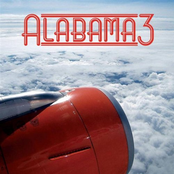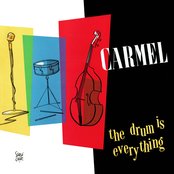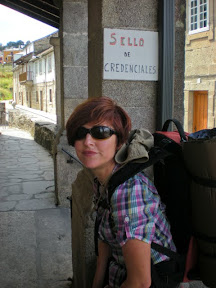
Waiting while we stamp
En castellano
We arrived in a different Lugo to the one we left at Easter. This one had sunshine, the roman walls looked warm rather than damp and cold, we were optimistic. That lasted until we got to the albergue (the pilgrim’s hostal). The plan, as explained by Julio, was to sleep in the albergue in Lugo, start early the next morning and spend the intervening afternoon exploring the city. The warden at the albergue asked where we had come from and the flaw in our plan was exposed.
There is a hierarchy of availability at the albergues. Available places are given first to those with disabilities, then to those who arrive walking, then on bikes, then on horseback, then those walking with support vehicles (ie the rucksack averse). The five hour bus ride from Oviedo was obviously a support vehicle, despite Julio’s insistence that we’d come on foot in April and that should count. The warden basically said come off it. Julio then tried to argue that in April we’d allowed some other pilgrim to take our place so by rights we were due a bed for the night. The warden called his boss who said come off it. Julio fumed, Liz and I shrugged and said let’s walk to the next albergue. How far is it? 18km. Umm okay, but let’s have lunch first.
We went back to a restaurant so that Julio could have another go at getting cocido gallego, but they weren’t doing it so we had to settle for green beans and chorizo and roast chicken. We skipped coffee, aiming to get some later en route.
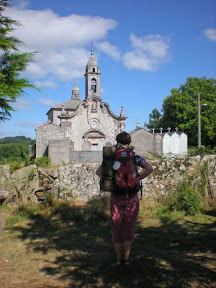
Churches churches when what we need is a bar.
We left Lugo crossing the river Miño over what was called the roman bridge but was rather more recent. Along the riverside, we passed a cafe and popped in. The owner pegged Julio’s accent as Asturian almost immediately because his mother was from Mieres, there followed a brief argument about which Mieres, the town or the region. We sipped our coffee.
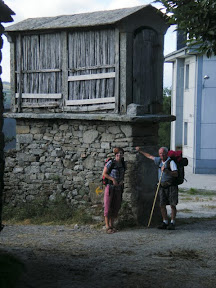
Galician achitecture
We passed a church which had a table set up outside with a stamp for our credentials so we paused in the shade and stamped away before hefting our packs and heading uphill through pine and nettle covered hills in the blazing sunshine (this far west the sun is overhead at about 2:30pm so it keeps getting hotter and hotter until about 6 or 7). We paused in a portico of another church and had some water, and discovered that we had left our photocopied guidebook in the restaurant, the photocopied guidebook that had phone numbers and stage descriptions and alternative accomodation, oops. Lugo was about 8km distant at this point, and we reasoned that we wouldn’t really need it. There would be places to stay, places to pick up information along the way. The paths are all well marked anyway, there was no danger of getting lost. So, onward.
We pressed on, the afternoon sun getting lower in the sky. One woman we passed said you’ll be walking in the dark, we smiled back like it was perfectly normal. Another hour another little bar. This one had a couple of quiet Galicians having their small glasses of wine after a day’s work. The bar was tiny, boasting old cigarrette adverts and posters of the Spanish football team hoisting the world cup aloft.

Walking west, into the sun
We arrived at the very pretty church of San Román de Retorta at around 8 and followed the sign to the albergue/bar where they informed us that it was full. Our fall back position was to call a local pensión that the barfolk recommended. They would come and pick us up, then in the morning drop us back at the same point. We called, they came. The pensión was called the cruz de la vega and was basically a garage/hotel/restaurant/shop on a big road junction. In the bar a group of young farmers were playing cards, two magazines prominently displayed behind the bar were ‘Trucks Monthly’ and ‘Galician Tractor Mgazine’. We asked if we could get something to eat and were directed to an enormous, almost empty dining room with late sunlight coming in horizontally. The waitress offered us the set menu but we declined, egg and chips for me, a plate of cheese and quince paste for Liz and Julio. And bread, Galician crusty bread, which is a delight. Service was slow, despite us being the only diners until one old boy shuffled in for a bowl of noodle soup. The temperature dropped as soon as the sun set, Tractor magazines held little attraction, so to bed.
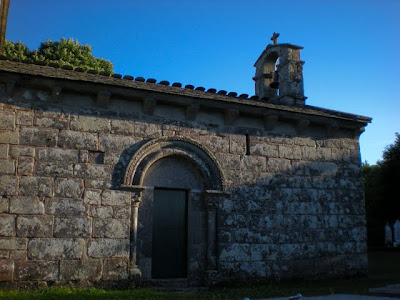
The welcome sight of the church at San Román de Retorta
Llegamos en un Lugo distinto de lo que salimos durante la semana santa. En este Lugo hacía sol, las murallas romanas tenían un aspecto agradable en el lugar del frío o húmedo, teníamos optimista. La optimista nos llevó hasta que llegamos al albergue. El plan, como había explicado Julio, fue que íbamos a dormir en el albergue en Lugo, a empezar temprano la mañana siguiente y pasar la tarde intermedia paseando por la ciudad. El encargado del albergue nos pido desde donde habíamos venido y el error del plan se puso en evidencia.
Hay una jerarquía de disponibilidad en los albergues. Dan plazas en el primer lugar a los con discapacidades, en segundo a los que vienen andando, después los en bici, y en caballo, y después a los que van con vehículos de apoyo (los que no les gustan las mochilas). El viaje en autobús de cinco horas desde Oviedo es considerado como un vehículo de apoyo a pesar de la insistencia de Julio que habíamos venido a pie en abril que lo habría sido valido. El encargado dijo –no diga tonterías. Julio intentó de decir que porque nos habíamos dejado unas plazas a unos otros peregrinos que nos debía el albergue unas camas por la noche. El encargado llamó a su jefe que dijo –no diga tonterías. Julio estaba que echaba humo, nos encogimos los hombros y dijimos –pues nada, caminamos al albergue siguiente. ¿Cuantos kilómetros? 18. Vale, comeremos antes entonces.
Volvimos a un restaurante en que comimos antes para que Julio pudiera comer el cocido gallego otra vez, pero no lo había entonces tuvimos que comer judías con chorizo y pollo asado. No tomamos el cafe, con la intención de tomarlo después en el camino.
Salimos de Lugo cruzando el río Miño por un puente que se llamaba el puente romano aun que pareció mas reciente. Anduvimos al lado del río, pasamos por un bar y entramos para tomar un café. El dueño se notó el acento de Julio como asturiano inmediatamente por que su madre era de Mieres. Hubo una discusión sobre cual Mieres, la ciudad o el concejo. Bebíamos el cafe a sorbos.
Pasamos por una iglesia donde había una mesa con un cuño para sellar las credenciales por eso hicimos una pausa en la sombra y las sellamos antes de levantar las mochilas otra vez. Subimos tras pinos y colinas con ortigas, hacía un calor (aquí en el oeste el mediodía ocurre a las 14:30h así que la temperatura sube hasta las 18h o 19h). Hicimos otra pausa en un pórtico de una iglesia para tomar agua. Descubrimos que se lo habíamos dejado en el restaurante el libro de guía fotocopiado. El libro que contenía números teléfonos, descripciones de las etapas y alojamiento alternativo ¡ay! Lugo nos quedó a unos 8km lejos y pensábamos que no sería totalmente necesario. Habría lugares para pernoctar y lugares en que podríamos coger información en camino. El camino es buen señalizado y no había peligro de perdernos. Entonces ¡adelante!
Continuábamos, el sol de la tarde descendía. Pasamos una mujer que nos dijo que caminaríamos por la noche, reímos como si fuese perfectamente normal así. Una hora mas, otro bar pequeño. En este había dos gallegos reservados tomando unos vinitos después del trabajo del día. En el bar muy pequeño había publicidades para marcas de cigarrillos antiguos y carteles de la selección española levantando la copa mundial.
Llegamos a la iglesia bonita de San Román de Retorta a las 20h y seguimos la señal hasta el albergue/bar donde nos informaron que estaba completo. El plan secundario fue llamar a una pensión que nos recomendaron los del bar. Los de la pensión nos llevarían allí, por la mañana nos devolverían al mismo lugar. Llamamos, vinieron. La pensión se llamaba el cruce de la vega, era una gasolinera/hotel/restaurante/tienda situada en un cruce grande. En el bar una panda de chavales jugaban a cartas. En el bar exponíais las revistas “Camiones del mes” y “La revista de los tractores gallegos”. Pedimos para la cena y nos indicaron a un comedor grande y vacío en que entraba la luz horizontal de la muy tarde. La camarera nos ofreció el menú de la noche pero lo negamos. Huevos fritos y patatas para mi, un plato de queso y membrillo para Liz y Julio. Y pan, el pan crujiente de Galicia que es un gozo. El servicio estaba lento a pesar de ser nosotros los únicos en el comedor hasta que un viejo entró para la sopa de fideos. Bajó la temperatura cuando se puso el sol, no nos apetecen las revistas de los tractores, así que a la cama.








